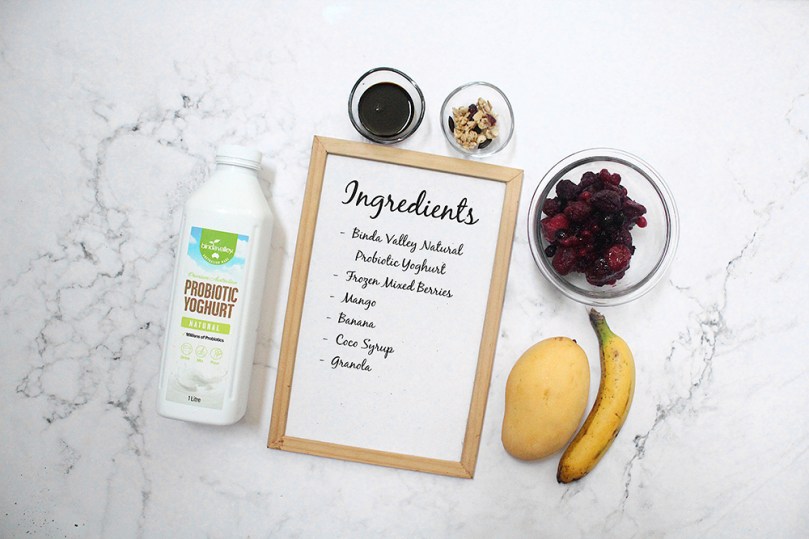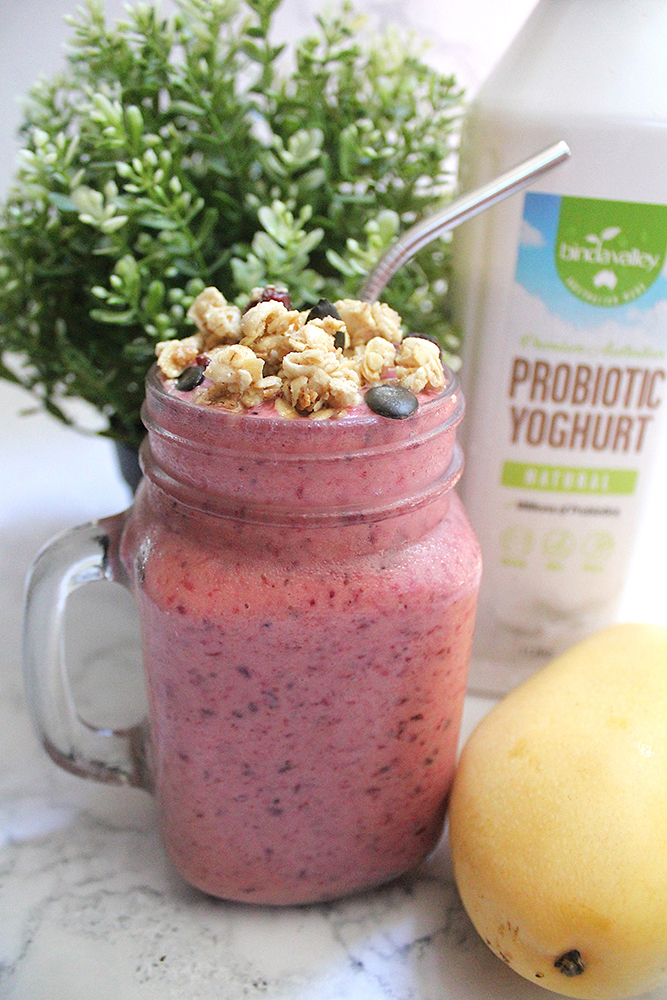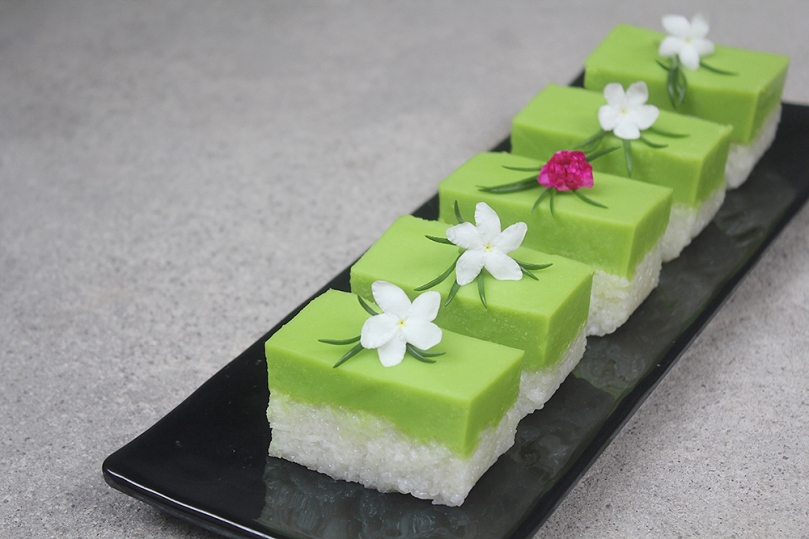Hello Everyone! So I probably didn’t think this through when I was planning for my recipes for the month of March. As I’ve said many times before, yes we are definitely in the middle of summer right now here in the Philippines, and having a warm Apple Cake just doesn’t seem to fit with the temperatures that we’re currently experiencing this summer.
Not to worry though, when I caught on with the dishes that I’ve been cooking for this month, I went back and had to change some of my recipes for next month. I won’t reveal it to you guys yet so you’ll just have to wait for next Wednesday for it!
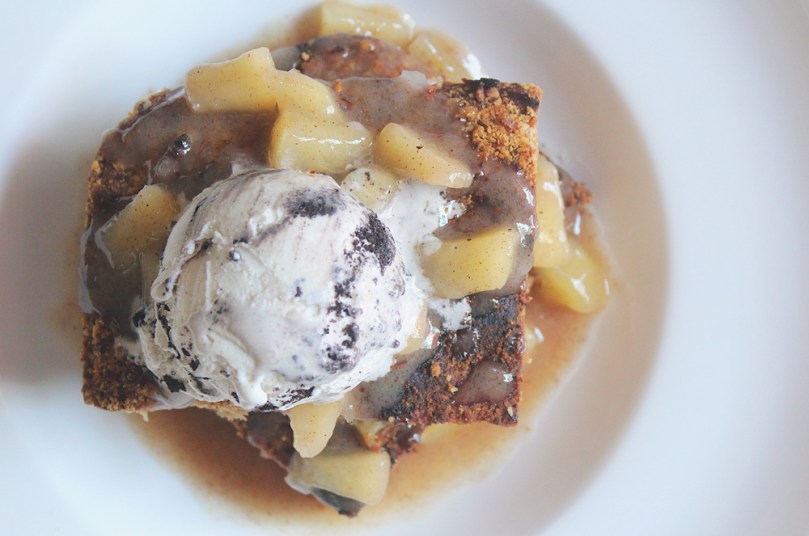
Nonetheless, you can have this Chunky Apple Cake with some ice cream for a cooling element. I would’ve much preferred a simple vanilla ice cream but I had come cookies and cream flavoured ice cream sitting in the freezer that I could use to go with my cake.
I skipped the butterscotch sauce for this recipe as I still had some leftover apple pie filling sitting in the fridge from when I made my Apple Danish recipe. I used that instead to drizzle over the cakes. In addition, I also used the leftover crumb topping from that recipe to top my cake for another layer of texture.
Before we jump onto the recipe, do check out the original over on Taste of Home. Also, please read some very important comments below after the recipe before the end of tonight’s post!
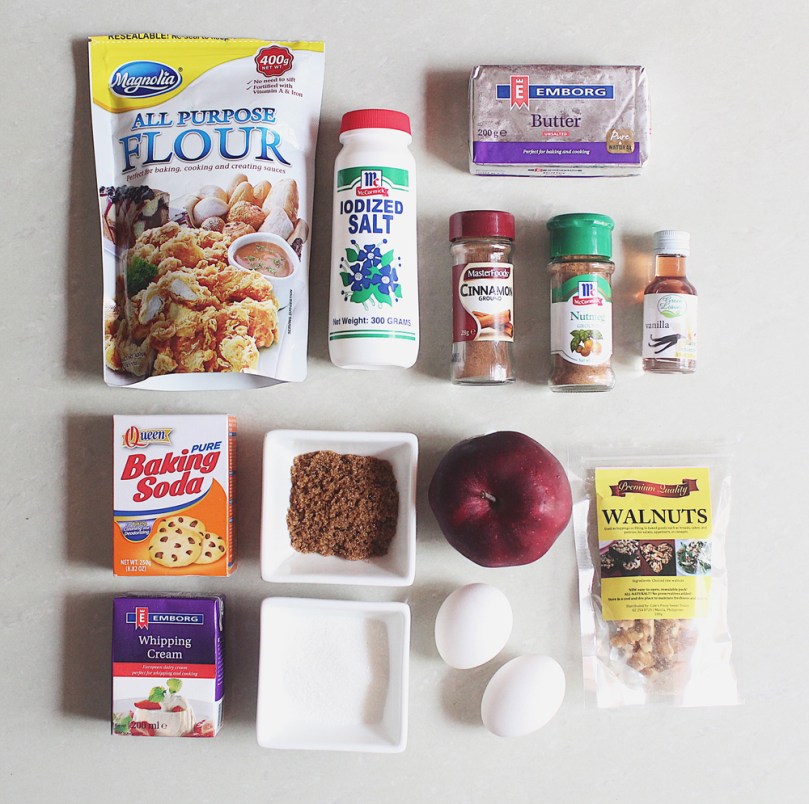
PREP TIME 15 MINS | COOKING TIME 40 MINS | SERVES 6-8
INGREDIENTS
For the chunky apple cake
- 110g unsalted butter, softened
- 2 cups plain flour
- 2 cups white granulated sugar
- 2 large free-range eggs
- 2 medium-sized (or 1 large) Red Delicious Apples, peeled and chopped
- 1 & 1/2 tsp ground cinnamon
- 1 tsp ground nutmeg
- 1/2 tsp baking soda
- 1/2 tsp salt
- 1/2 tsp vanilla extract
For the butterscotch sauce
- 57g unsalted butter
- 1/2 cup brown sugar
- 1/2 cup whipping cream
METHOD
- Chunky Apple Cake: Preheat oven to 180C (350F or gas mark 4). Grease a 13in x 9in baking dish with a bit of butter and set aside.
- Combine the plain flour, cinnamon, nutmeg, salt and baking soda in a small bowl. Mix well and set aside.
- In a large mixing bowl, cream the butter, white sugar, and vanilla extract. Add the eggs one at a time, beating well after each addition.
- Gradually add the flour mixture to the creamed mixture and mix well. The batter will be stiff. Stir in the apples until well combined. Spread the mixture onto the prepared baking dish and (optional) top the batter with the crumb topping.
- Bake in the oven for 40-45 minutes or until the top is lightly browned and springs back when lightly touched. Once done, cool for 30 minutes before serving.
- Butterscotch Sauce: Meanwhile, in a small saucepan, combine the brown sugar and butter. Cook over medium heat until the butter has melted. Gradually add the cream and bring to a slow boil, stirring constantly, about 2-3 minutes. Remove from the heat.
- Serving: Once the cake has cooled down, cut them into slices and serve in individual serving plates. Top with the butterscotch sauce and ice cream flavour of your choice. Enjoy!

Now, I’ll be honest, the cake turned out to be quite dry, and you can probably tell from the photographs. Here are several reasons on why your cakes turn out dry and crumbly:
- Using too much flour. When measuring dry ingredients, gently spoon the flour mixture into a measuring cup for dry ingredients and level off with a flat spatula.
- Adding too little shortening/liquid. Measure liquids in a liquid-measuring cup placed on a level surface. Read the liquid measurement at eye level.
- Improperly mixed or undermixed. Careful mixing to evenly distribute the ingredients throughout the cake batter will give it a uniform consistency. Be careful not to overmix once the flour is added as this can cause the cake to be tough.
- Overbeating or using too many egg whites. Egg whites act as a drying agent. Try using less egg whites if you want to avoid a dry cake.
- Too much or too little sugar. Too much sugar can cause a cake to crumble when cut, while too little sugar can make a cake tough. The best cake recipes have a good balance of ingredients.
- Pan too big for the amount of batter. Using a pan that is too big for the amount of batter you have can cause it to overbake and become dry. The pan should be filled from half to three-fourths full.
- Oven temperature too high. If the temperature is to high, your cake could turn out dry. Overbaking could also be a culprit so check your cake for doneness at the lower end of the baking range.
– from Taste of Home.
I’m most definitely guilty of numbers 3, 5 and 6. I probably undermixed my batter as I creamed the butter and sugar by hand instead of using an electrical mixer (because I still have not bought one)! I also most definitely used too little sugar. I halved the portion of sugar because 2 cups scared me a lot. My Mom’s a diabetic, and because of that we’ve grown up in a household where our intolerance to sugar is quite low due to the fact that we don’t have a lot of sweet things lying around the house. When I read 2 cups of sugar from the original recipe, I felt my non-existent (yet) diabetes rise up. In addition, I definitely used a cake pan too big for the amount of batter I had, and thus lead to overbaking since I did not adjust the time it needed to bake in the oven. Silly rookie mistakes.

I did end up with some leftovers, and what my Mom did was steam the cakes the next day for our mid-afternoon snack. The cakes turned out soft and moist, kind of like the texture of a sponge cake.
Anyway, I’ve kept the recipe as is, without adjusting the quantities of sugar just so that I hope for anyone who does try out this recipe, that it won’t be a flop like mine. I’m still posting this recipe anyway for me to learn from it. But to be honest, even one cup of sugar that I used for this recipe was on the verge of being too sweet for me.
BON APPÉTIT
– Ally xx


